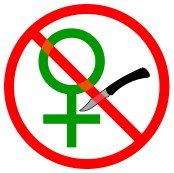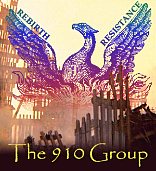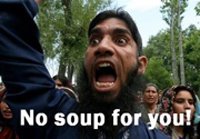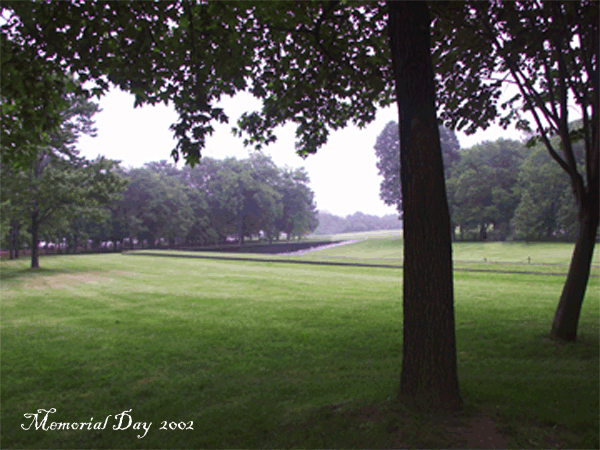PIPES: The imaginary ‘moderate’ Islamist
Good article by Daniel Pipes. He hits the nail on the head when he says there is no ideological difference between "moderate" and "radical" Muslims.
FROM WASHINGTONTIMES.COM:
PIPES: The imaginary ‘moderate’ Islamist
Western governments beware
A September attack on the U.S. Embassy in Tunis left four dead, 49 injured, several buildings looted and burned out and the black Salafi flag flying above the embassy grounds. In response, the ruling “moderate” Islamist party of Tunisia, Ennahda, forthrightly condemned the incident. Minister of the Interior Ali Larayedh recognized that the government “failed to protect the embassy and we should offer our apologies to the Americans.” Ennahda’s leader, Rachid Ghannouchi, more vehemently condemned the Salafis as a “danger” to freedom and security in Tunisia and called for a fight against them through every legal means.
Those statements reassured Americans that if long-bearded and burqa-robed crazies want to kill them, moderate-sounding Islamists in ties and hijabs are civilized, law-abiding allies. That, in turn, fits a policy going back to 1992 of fighting violent Islamists while cooperating with nonviolent ones. Thus did American troops execute Osama bin Laden while American presidents helped Islamists take power in Turkey and Egypt.
Many other differences mark variant strands of Islamism: Yusuf al-Qaradawi urges conversion to win over non-Muslims, while Nigeria’s Boko Haram prefers to kill them. The Hizb ut-Tahrir organization aims to bring all Muslims under the rule of a universal caliphate, and Turkey’s Fethullahis aspire to build a national form of Islam. Egypt’s Islamist president routinely wears a tie, but his Iranian counterpart never does. The former Cat Stevens sings nasheeds, a cappella music, while Somalia’s al-Shabab bans all music on the radio. Women may not drive a car in Saudi Arabia, but they drive taxis in Iran.
Broadly speaking, Islamists divide into three types:
1. Salafis, who revere the era of the salaf (the first three generations of Muslims) and aim to revive it by wearing Arabian clothing, adopting antique customs and assuming a medieval mindset that leads to religious-based violence.
2. Muslim Brothers and like types aspire to an Islamic version of modernity. Depending on circumstances, they might act violently or not.
3. Lawful Islamists work within the system, engaging in political, media, legal and educational activities. By definition, they do not engage in violence.
Article continues HERE.


.jpg)
















